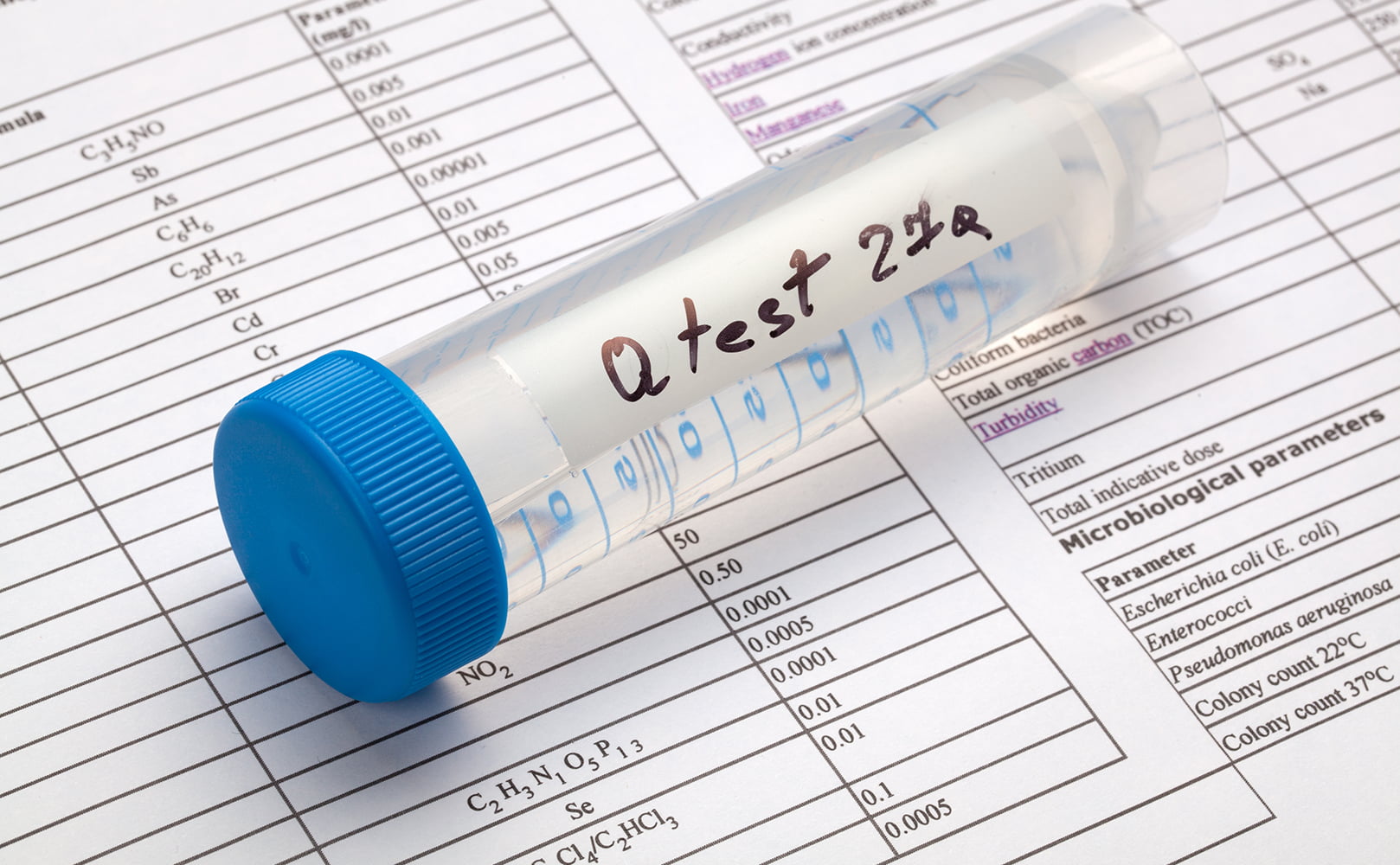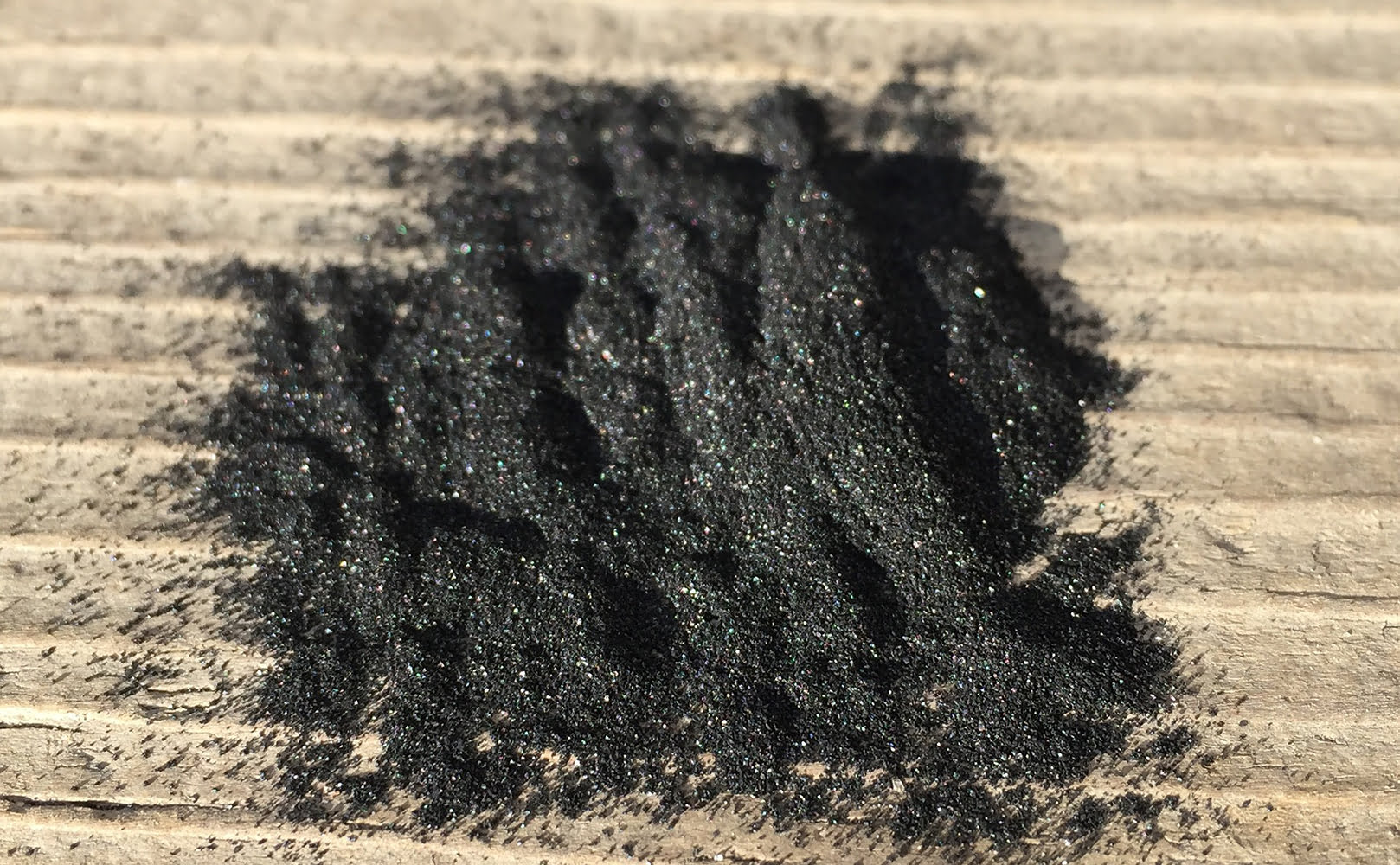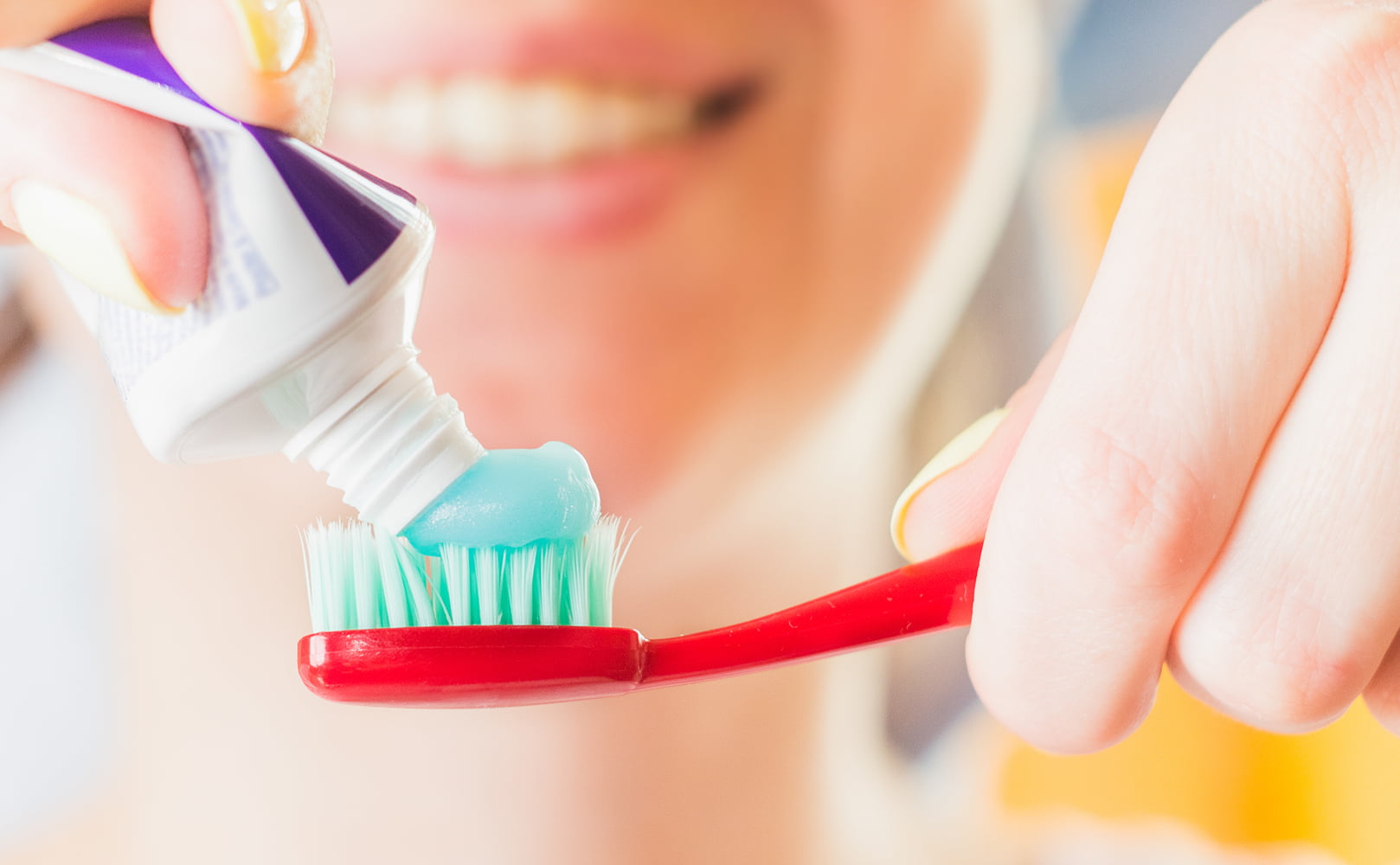How to Build a Homemade Fluoride Water Filter | DIY Tutorial
Written by: Alexandra Uta // Last Updated: Oct 20, 2022
This page may contain affiliate links. If you buy a product or service through such a link we earn a commission at no extra cost to you. Learn more.
Fluoride is a helpful mineral added to most public water supplies in the US.
In the right amount, it strengthens teeth and prevents cavities in adults and children. However, too much of it can get problematic.
In this article, we’ll teach you how to build a homemade DIY fluoride water filter and discuss other ways to reduce your daily fluoride intake.
Key Takeaways
Here’s how to make a homemade DIY fluoride water filter using bone char:
- Cut out the bottom of an empty plastic bottle with a knife or scissors.
- Turn the bottle upside down.
- Place a piece of cloth inside the bottom of the bottle.
- Add a layer of activated carbon over the piece of cloth in the bottle.
- Next, add a layer of bone char filter media. Add as much as you like.
- Place a glass jar underneath your work.
How to Make a DIY Fluoride Water Filter
Not every type of water purifier can remove fluoride from water. In fact, there are only four purification methods that can: Reverse osmosis, water distillation, activated alumina, and bone char filtration.
So, your homemade fluoride filter must use at least one of these processes. For this guide, we chose to use bone char as it is the easiest to set up.
But before you get started, it’s important to find out if there are other impurities or contaminants lurking in your water, aside from fluoride.
Have Your Water Tested
There are different ways to test your water quality.
Have Your Water Tested by a Certified Lab
You can take a sample of your water to an EPA-certified lab to get it tested. This option can be pricey, but it gives you very accurate results. It helps you know the exact types of contaminants in your water and their concentrations.
Buy Testing Kits or Strips
Your next option is to buy DIY water test kits/strips.
They offer a cheaper and more convenient way to test. To use them, dip a test strip into a bowl of water for a few seconds. Afterward, check the color indicator on the strip and compare it to the provided color charts.
Other testing kits use reagents in place of strips. Simply follow the instructions on the kit, and you’ll have no problems running the test.
Get a Water Report from Your Local Supplier
Technically, this isn’t a way to test your water but still a way to find out if your water is subject to contamination. You can check if your water contains fluoride and other stuff by contacting your local water utility and ask for a water quality report.
These reports are usually well-detailed, containing complete information on the types of contaminants present and their respective levels.
Required Materials
If your water tests positive for fluoride, then you need to start building your homemade fluoride filter. Here are the materials you’ll need to build one based on bone char:
- Empty plastic bottle
- A large empty glass jar
- Bone char filter media
- Activated charcoal filter media
- A knife or pair of scissors
- A piece of cloth
Instructions
Make the Filter Housing
Use an empty plastic bottle to make a DIY filter housing. The glass bottle could be small or large, depending on how big you want your filter to be.
First, cut out the bottom of the plastic bottle with a knife or scissors. Then turn the bottle upside down, with the nozzle facing downward.
Create the First Filtration Layer
Water filters work best when they have more than one filtration layer. So, for the first layer, get a small piece of cloth and place it inside the upside-down bottle/filter housing. Make sure the cloth is at the bottom close to the nozzle.
Create the Next Filtration Layer
Use granular activated charcoal as your next filtration layer. To do this, place the media on top of the cloth in the bottle and ensure that the layer is at least 1 inch thick.
Add the Final Filtration Layer
The final layer of your DIY fluoride water filter should be the bone char layer. Get the bone char and place it on top of the activated charcoal.
You can add as much bone char as you want – the more, the better in terms of overall fluoride reduction.
Position a Water Reservoir Underneath the Filter
A homemade fluoride filter is not complete without a filtered water reservoir. This chamber collects the filtered water as it trickles down and out of the filter.
Get a large glass jar, and place the upside-down plastic bottle inside.
And there you have it: Your homemade fluoride water filter with bone char.
Putting Your Homemade Fluoride Water Filter to the Test
Congratulations, you’ve made your very own fluoride water filter. But does it work? The fastest way to find out is by conducting a quick fluoride test on your water.
You have to test both your unfiltered and filtered tap water to check the filter’s effectiveness.
Here’s what you need to do:
- Get a DIY fluoride testing kit.
- Collect 2 water samples – one of unfiltered water and another from your filter’s collecting chamber.
- Closely follow the kit’s instructions. Either dip a test strip into each of the water samples or add a reagent.
- Compare the colors to the color chart provided.
If your homemade fluoride water filter works well, your filtered water sample will show no trace of fluoride or only very little.
Pros and Cons of Homemade Fluoride Water Filters
Here are the pros and cons of using a homemade fluoride water filter
Pros
It’s Cheap
Many people who make their own fluoride water filters do it because it’s cheap. Making your own filter saves you from spending money on a traditional fluoride filter.
It’s Easy to Maintain and Troubleshoot
All the materials used in making a DIY fluoride filter are simple, so maintaining the filter is easy. And since you already know how it works, fixing a problem wouldn’t be an issue.
You Have Complete Control Over Your Filter Design
You can fully customize your filter to suit your needs.
For example, if you want a larger or smaller fluoride filter, you can make it by altering the bottle’s size.
You could also add additional filtration materials such as ion exchange resin which is great for removing different salts and heavy metals.
Cons
It Takes Time to Build
If you are considering making a homemade water filter, prepare to work hours on the project.
Sometimes, finding the right materials in the correct sizes and assembling them can take longer than you’d think.
No Guarantee It Will Work
It’s also impossible to know if the filter you’re making will work according to standard or even work at all.
So, when you’re done making your fluoride filter, test it to see that it works.
Other Ways to Reduce Your Daily Fluoride Intake
Besides filtering your water, there are other things you can do to reduce your daily fluoride intake. Here is what to avoid:
Fluoride Containing Toothpaste
Toothpaste is one of the most fluoridated products we consume on a day-to-day basis. It is also one of the largest sources of fluoride exposure, especially among children. And that’s because children swallow a lot of the toothpaste while brushing their teeth. Using non-fluoridated toothpaste can help reduce your fluoride intake.
Processed Food
Another way to reduce your fluoride intake is to ditch processed food. Processed food can have a significantly high amount of fluoride because of the fluoridated water used to process them.
Fluoride Gel Treatment
Try to avoid fluoride gel treatment the next time you visit your dentist. Fluoride gel is highly concentrated with fluoride, and swallowing just a little bit can cause incredibly high spikes of fluoride in the blood.
Brewed Tea, Especially Green and Black Tea
Limiting the amount of tea you drink daily is another good way to reduce your daily fluoride exposure. Although tea is recommended to stay sharp and active, too much could be counterproductive.
You could also be selective in the type of tea you drink. Brewed tea, especially black and green tea, has high fluoride levels because these tea leaves absorb fluorides from the soil. If you’re going to take tea, take the variety of tea with younger leaves.
Teflon-Coated Pans
Teflon pans are fluorinated, and cooking with them can increase your fluoride exposure. Stainless steel pans are a good alternative here.
Fluorinated Salts
Table salts can also contain fluorides. If you happen to use fluorinated salts, switch to non-fluoridated immediately to reduce your fluoride exposure.
If you have any questions about making your own fluoride water filter please don’t hesitate to leave a comment below!
Information provided on BOS is for educational purposes only. The products and services we review may not be right for your individual circumstances.
We adhere to strict editorial guidelines. Rest assured, the opinions expressed have not been provided, reviewed, or otherwise endorsed by our partners – they are unbiased, independent, and the author’s alone. Our licensed experts fact-check all content for accuracy. It is accurate as of the date posted and to the best of our knowledge.




